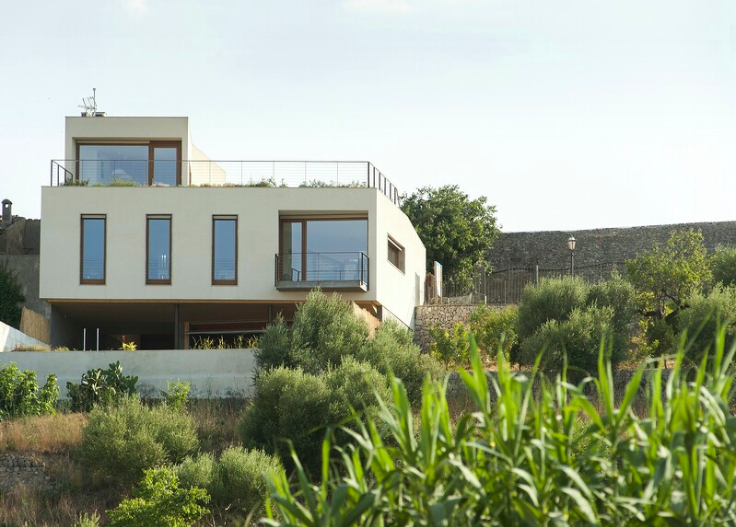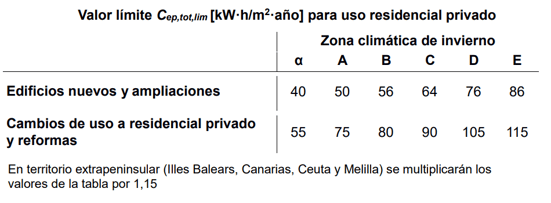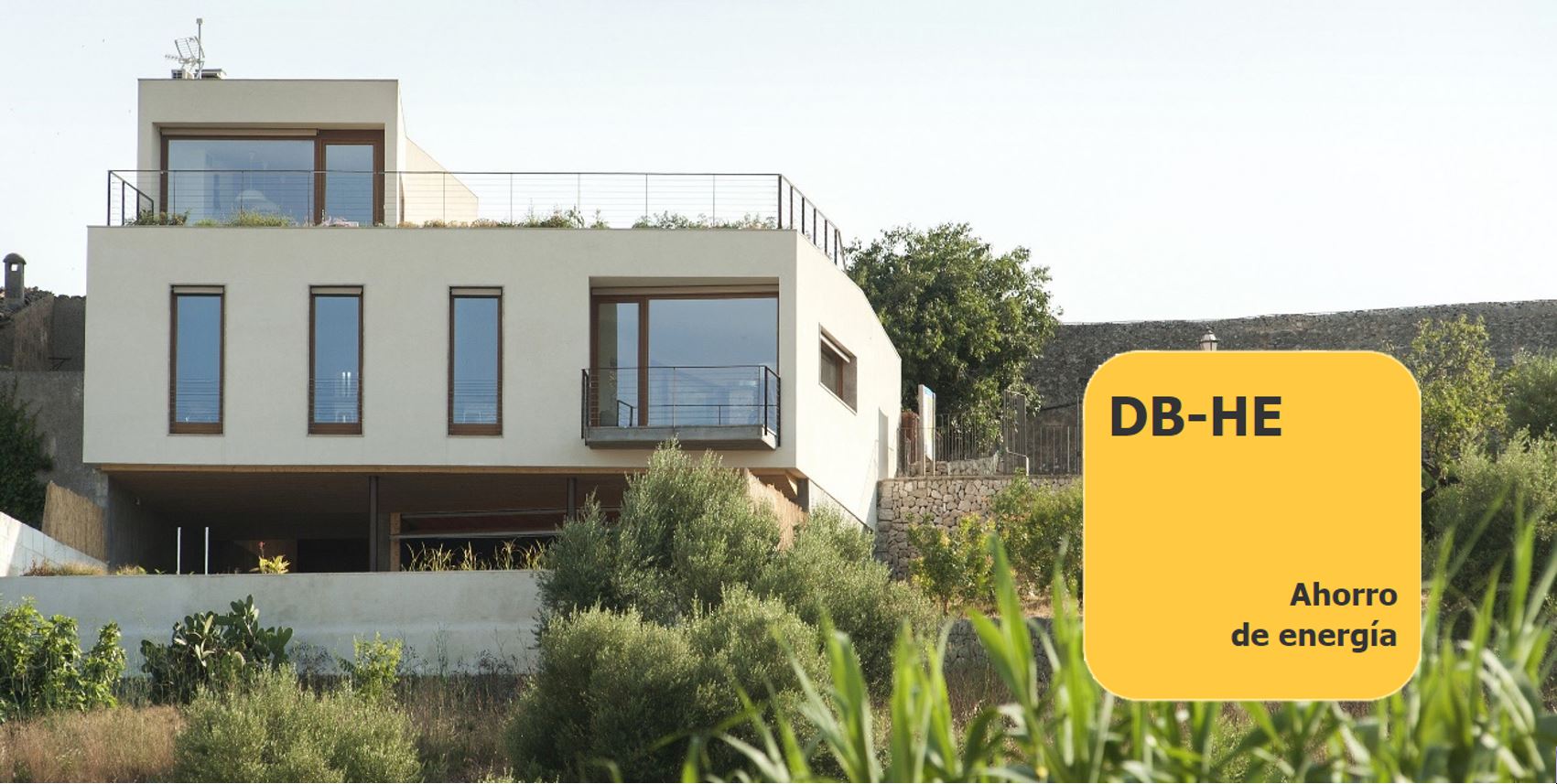On December 20th, the Royal Decree that modifies the technical code of the building with significant changes in the basic document HE of Energy Saving was approved. Additionally, a section on protection against radon is added and sections of the fire protection document are modified.
On 20 December, the Council of Ministers approved the Royal Decree that modifies the Basic Document on Energy Saving (DB-HE) of the Technical Building Code and adds, among other issues, a new section of the Basic Document on Salubrity (DB-HS) dedicated to the protection of buildings against exposure to radon gas.
The new HE 2019 is closely linked to the concept of nearly zero-energy buildings or nZEB, as these types of buildings are those that comply with the requirements of the Technical Building Code.
The DB-HE modification revises the requirements regarding minimum energy efficiency requirements in accordance with Directive 2010/31/EU, which specifies that these requirements will be reviewed periodically at intervals not exceeding five years, in order to adapt them to the technical advances of the building industry.
Buildings to be constructed from the entry into force of the new DB-HE will have to increase energy efficiency and the contribution of energy from renewable sources, as they are required to save 40% of non-renewable primary energy consumption compared to current requirements. Next, we will see the main modifications included in the new CTE.

HE-0 Limitation of energy consumption
The indicator of non-renewable primary energy use is maintained, increasing its requirement by more than 40%; which in many cases will force the use of renewable energies to achieve the required results.
New requirement (Cepep,lim for residential):

Previous requirement (residential):


The total primary energy use indicator is also added, depending on the climate zone:

HE-1 Conditions for the control of energy demand
The previous CTE limited the value of the heating and cooling demand in residential buildings and the combined demand for other uses according to table 2.1 based on the climate zone.
This requirement has been replaced by a concept that is not new, the Global Transmission Coefficient of Heat, K, through the envelope, which already existed in the regulations prior to the CTE, this value will also be calculated according to the climate zone and the compactness of the building in W/m²K. In addition, a parameter is introduced that measures the effectiveness of solar control devices: qsol;jul,lim of the thermal envelope, taking July as the reference month.
At Zero Consulting, we have developed an open source design tool that allows us to easily calculate the energy efficiency indicators related to the thermal envelope.
HE-3 Conditions of the lighting facilities
The new approved document simplifies the limit values for installed power in W/m², depending on the use and the average illuminance in the horizontal plane.
HE-4 Minimum renewable energy contribution to meet the demand for domestic hot water
In the new document, the differentiation of the requirement according to climate zone disappears; from now on, all buildings must comply with the following Minimum Renewable Contribution:
- 60% if the DHW Demand < 5000 l/day
- 70% if the demand for DHW > 5000 l/day
Use of Aerothermal Heat Pumps
As for heat pumps for DHW production (Aerothermal), it requires that they have a seasonal COP (SCOP) higher than 2.5 producing water at 45ºC.
As for its contribution as renewable energy, it is defined by the formula:

Applying the formula, a heat pump with a SCOP of 2.5 would achieve a renewable contribution of 60%, thus meeting the requirements of the section.
HE-5 Minimum generation of electrical energy
The scope of application of this requirement is generalised for all uses except private residential and the application is extended to buildings of more than 3,000 m2 built area (previously it was for logistics buildings, supermarkets, sports centres, hospitals and fairgrounds of more than 5,000 m2).


